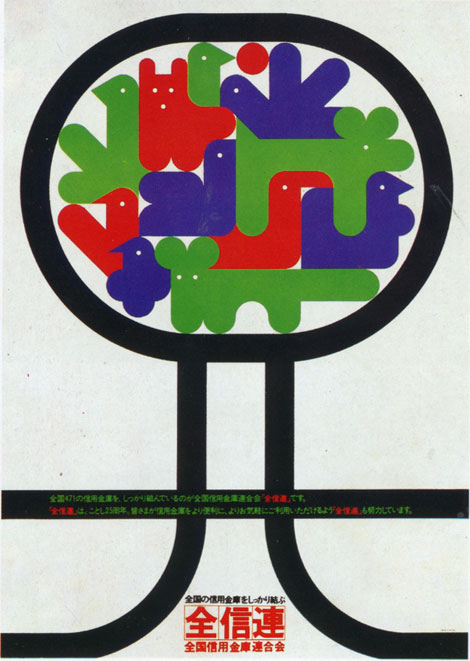
Strident Informations Abound! Default On Life!... and so on; Victor Lazarus' beautifully tinted silent vistas are punctuated by various sloganeering texts that never quite explain themselves; Silent movie great Donald Dunston Dunderville gives an iconic performance as a Roman Centurion who is determined to prove himself; and then there is the great Iron Tower itself, the biggest construction ever on a Hollywood lot, a towering monolith that in the movie appears one morning in the centre of Rome, tall and vulgar, begging to be challenged, and in real life unleashed a thousand poisons upon the Warner Brothers lot during its six-month stay. Avoid Diffusion! Disrupt Arts! the intercutting lines suggest and demand, prompting confusion from the pictures before us. An extistential journey? A surrealist wonder? A visual beanfeast? A symbolic afterlife query? A homosexual inquest? Pseudo-nonsense? The last pure leap of the silent age? The Iron Tower may well be all of these things, and more. Steadfast! Steadfast! Steadfast!
A ripe concoction indeed.
The crackling hollow images of early in the film set up what looks like being a standard romantic plot- Tyrus (Dunderville) is a Centurion of no great reputation, and his dreams of ways to prove himself to his mentor, Lexus (Roberto Strong) include bog-standard run-and-rescue scenarios and heroic pronouncements from the blond wonder (Breathe Maestro! Your Savior Explicits! Defence Is Dust!). Dunderville's broody insecurity invests these sequences with much pathos; but it is when the iron tower appears that he sees his true chance. No explanation is given for the appearance of the tower, which reaches beyond the clouds. The Romans see it at first as military assault, then as a blessing from the Gods; but as brave warrior after brave warrior attempts to ride his horse up the side of the construction, only to fall, the city's fathers begin to feel that the Gods are shunning them. They see this as a message that Rome is doomed. Alas! The Wolf-Brothers Forgotten, Accursed!
Tyrus, to the merriment of all, decides to attempt to climb the tower with the aid of only four arrows, which he drives into holes in the side of the tower and uses as steps, moving one at a time to make progress. The city gathers to laugh at the folly of the cherubic innocent whose climb is painfully slow. In some of the most dramatic sections of the film, Dunderville's hopeful and scared face is besieged by rotten fruit, thrown from below, and occasionally a failed hero, falling from above, hatred in his throat. Ponderus! I Will Resurrect! cries one burning victim. It increasingly seems like failure is the glorious option, that when he falls, Rome will nurse him to her rose breast and love him; but Tyrus continues, and makes it to the Supposed Volcano In The Clouds. The climax, set in lava skies, offers one thundering metaphor after another, as Tyrus, nonreligious and curious, argues with the heavenly voices and their brazen systems.
Freud, Sigmund called it 'the greatest sexual metaphor in the canon'1. Freud, Jimmy of the LA Chronicle called it 'barbaric witchery, fraudulent film-making, juvenile symbolism.'2 In light of the problems Warner had during shooting (one carpenter died falling from the construction, and two horses were injured in seperate incidents; costs escalated three-hundred-fold), Froyd, Beau of Snapshot christened the Iron Tower 'Mr Warner's Limping Member' before adding, after a disastrous opening few weeks, that 'America's chastity is clearly immune to such grand drizzle. Our belts are tight against such pornographic abundance' 3
Even so, the movie in time found a following, not least for its absurdist reckoning of heroism, the desperate performance of Dunderville, and the timeless images that pervade, ripping through the nightmares of a bustling century: The tower, the climb, the success of death.
The movie's title was changed to The Black Tower in Canada, where the terrorist group tour en fer (Iron Tower) had been causing political problems. The group changed their name to la tour noire as a riposte. Authorities thus banned the movie for years there, and it wasn't until a popular new version of the movie (with a soundtrack by German band Harmonia, added neon colouring and rediscovered lost sequences) was released in 1975 that Canadians could see The Iron Tower in full proud glory.
Dunderville? Alas his career struggled, like many of his peers, with the advent of sound. His shyly dashing appearance was undone by an ungodly flat vocal, but even so his fame (and that of co-star Tyrone Symple) was enough to bring success to Little People Are People A Little (Alan Smithee, 1933), RKO's response to MGM's Freaks (Tod Browning, 1932), the movie that started a domino effect of increasingly exploitative outsider flicks about those members of society with physical abnormalities. The success of Dunderville's sound endeavour warranted a quick sequel, but Little People Are People A Little Too (Reckless Adams, 1933) was boycotted by the midget union of Hollywood (Small Person's Association of Movie-Actors, or SPAM) who decided to offer none of their actors to the studio, on account of the first movie's 'unaccountable patronising of fellas under five feet'4. The Folly of Dunston Dunderville (John Turturro, 1998) a movie about the period, was a sympathetic look at Dunderville's naivety, but still drew lawsuits from his estate, such is the sensitivity about the politics of those movies that reside in RKO's vaults, unseen for years.

Oh Dunderville. As one of the captions from The Iron Tower put it: He Burns The Stars With His Poise! Can They Love Him? The answer was that they could, but all too briefly.
1.Juvenalia, 1933
2. Oct 17th, 1926
3. Jan 3rd, 1927
4. SPAM press release, printed in Variety, Jan 14th, 1933









